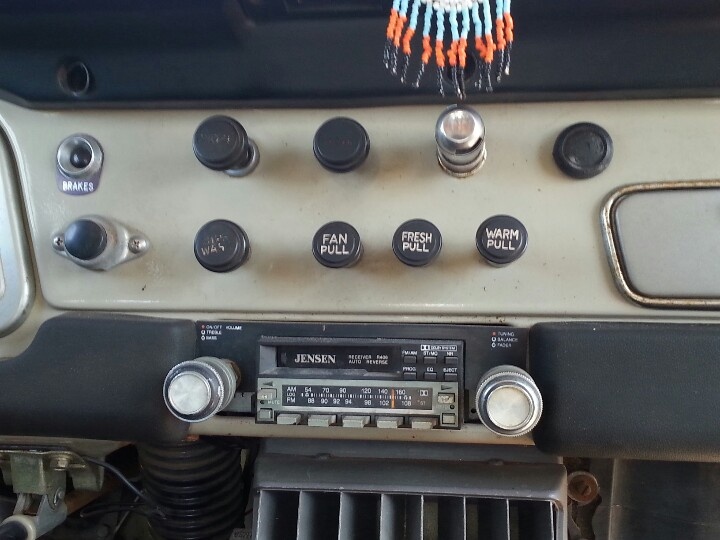Wollfen
Old Man with a Hat
Half 70 style, half my style, I guess it could have been a multiple supplier situation?
Half 70 style, half my style, I guess it could have been a multiple supplier situation?



No A/C...Life really was better in the old days.

It was cooler back then.No A/C...
Thanks for the offer, I haven't seen one of these before but i was going to try another vacuum unit I have spare before converting to a manual unit, the one below I figured would be worth a shot.I have stock manual valve from a 75Bbody. Needs a good cleaning but works perfectly. Asking $20cad + ship
http://www.kijiji.ca/v-view-details.html?requestSource=b&adId=1082666099
View attachment 90898 View attachment 90899 View attachment 90900
the original crackpot valves work somewhat smoother. But we all know they are not cheap and probably won't hold forever.

The only heater valve used in the C bodies with a/c, but without Autotemp 1, was the vacuum one like you have shown above in your Monaco. But it was too cheaply built and the bakelite used in the can and inlet/outlet nipples would both crack after about 2 years of use. Some people lost engines because of this thrifting by Chrysler. So if you want reliability, I would use the aftermarket metal ones shown earlier or if you want original at all costs, then use the now expensive (that because supply is running out) original bakelite ones.
Thanks a lot for this information, @saforwardlook . Several questions:
1. did the folks who lost their engines, lose it because they did not realize they'd lost all of their coolant and massively overheated?
2. Attached is the photo of a used one on a '69 parts car (Monaco wagon). I think that I see a discoloration as on mine -- mine is wet, this one seems dry, but the areas with discolorations are to my eyes eerily similar. Thoughts? I was thinking of using this unit (or another one from another parts car), but you suggest that a new one (either NOS or replacement) might be a better idea -- did I understand correctly?
3. If I go non-OEM, which all-metal aftermarket one have you bought for/installed on your cars that you would recommend? I have found the following:
NOS, $150 (I have seen some cheaper ones, this is for illustration): NOS Mopar Heater Control Valve 1969-71 B & C Body W/ A/C - Hiltop Auto Parts
non-original, $95: NORS Mopar Heater Control Valve 1969-71 B & C Body W/ A/C - Hiltop Auto Parts
Look forward to your further replies.
View attachment 259061
@saforwardlook, I grabbed the correct-look, teapot-like HCV to which you’d linked. Thank you for this info!
Now, if I understood you correctly, the Everco H1949 would have a period look but be much more reliable than the correct part, I.e., than the “teapot” HCV (part number 2936 490). Since my Monaco is meant to be a reliable driver to various shows, my thinking is to keep the part I bought as a “correct spare” ( in case supplies disappear or get crazy price-wise) and to get one of the Evercos.
That ought to work and be reliable for quite a few years, right? I understand there are always some risks, but is there any reason to think there “should” (as opposed to “might”) be any aging issue with those “all metal” ones?
